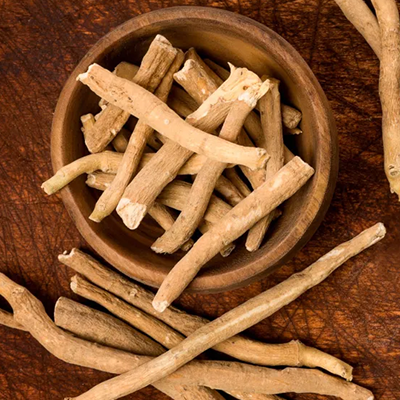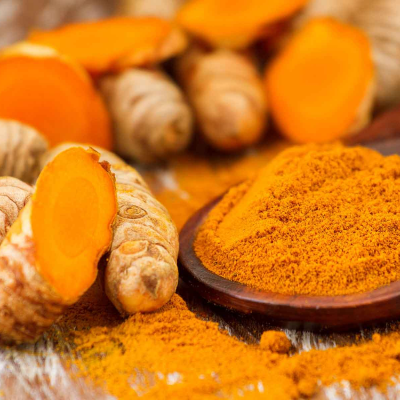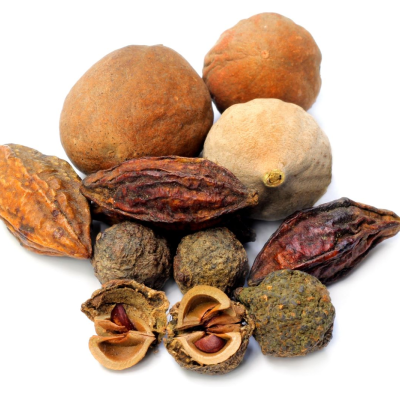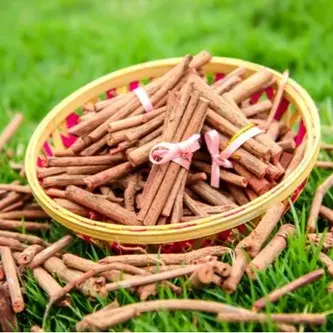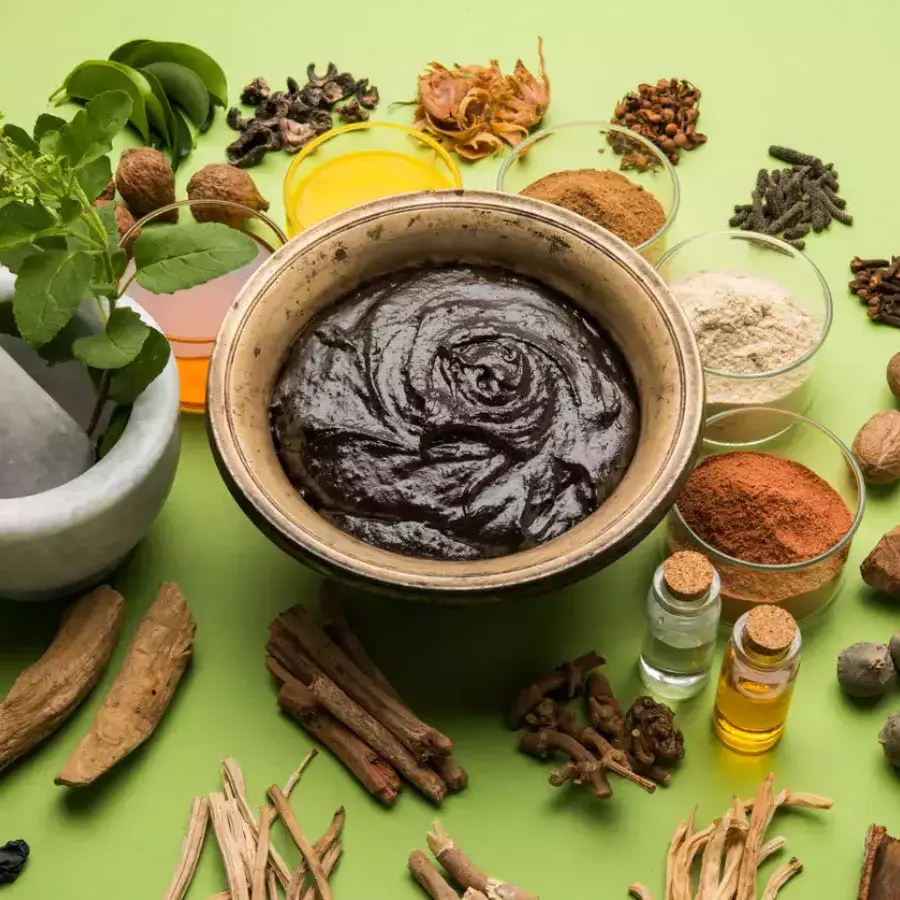What is Crest Syndrome?
CREST syndrome is a subtype of systemic sclerosis (scleroderma), an autoimmune condition that leads to the hardening and tightening of the skin and connective tissues. The acronym CREST stands for five hallmark features of the syndrome:
- C: Calcinosis – Calcium deposits in the skin and tissues.
- R: Raynaud’s phenomenon – Reduced blood flow to fingers and toes, causing color changes (white, blue, red) in response to cold or stress.
- E: Esophageal dysmotility – Weakening of the muscles in the esophagus, leading to swallowing difficulties and acid reflux.
- S: Sclerodactyly – Thickening and tightening of the skin on the fingers and toes.
- T: Telangiectasia – Small dilated blood vessels, appearing as red spots on the skin, especially on the face and hands.
Causes
The exact cause is unknown, but it involves the immune system attacking healthy tissues, leading to excessive collagen production.
- Genetic predisposition: Family history of autoimmune diseases.
- Environmental triggers: Exposure to certain chemicals or infections.
- Abnormal immune response: Autoimmune system dysfunction plays a key role.
Symptoms
1. Lifestyle Recommendations
- Swelling of hands and feet.
- Joint pain or stiffness.
2. Skin Symptoms
- Thickened, shiny, or tight skin (often starting on fingers and face).
- Calcinosis (hard nodules under the skin).
3. Raynaud’s Phenomenon:
- Numbness or tingling in extremities.
- Color changes in response to cold or stress.
4. Esophageal Dysmotility:
- Difficulty swallowing.
- Acid reflux or heartburn.
5. Telangiectasia:
Spider-like red spots on skin surfaces
Ayurvedic Interpretation
CREST syndrome can be correlated to Vata-Pitta imbalance affecting Raktavaha Srotas (blood channels) and Twak Dhatu (skin tissue). It involves:
- Ama accumulation: Toxic byproducts of digestion contributing to immune dysregulation.
- Vitiation of Kapha: Leads to hardening (calcinosis) and tightening (sclerodactyly).
- Aggravation of Vata and Pitta: Responsible for Raynaud's phenomenon and inflammation.
Panchakarma Therapies
- Abhyanga (Oil Massage): Improves circulation and softens skin.
- Swedana (Steam Therapy): Helps loosen skin and promotes detoxification.
- Basti (Medicated Enema): Regulates Vata and improves digestion.
- Virechana (Purgation): Eliminates Pitta-related toxins.
Lifestyle Recommendations
Diet:
- Warm, nourishing foods to pacify Vata.
- Avoid cold, dry, or processed foods.
- Include ghee, ginger, garlic, and fenugreek.
- Stress Reduction: Practice yoga and pranayama (e.g., Nadi Shodhana).
- Avoid Cold Exposure: Prevent Raynaud’s attacks by keeping extremities warm.
Herbal Remedies
Ashwagandha (Withania somnifera):
Balances Vata and boosts immunity.
Turmeric (Curcuma longa):
Reduces inflammation and prevents fibrosis.
Triphala:
Detoxifies and rejuvenates tissues.
Manjishtha (Rubia cordifolia):
Purifies blood and improves circulation.
Guggul:
Reduces calcification and inflammation.



